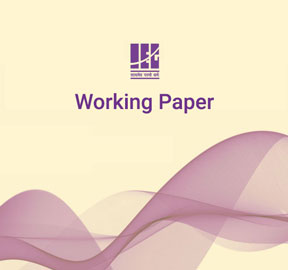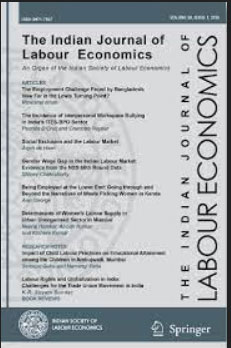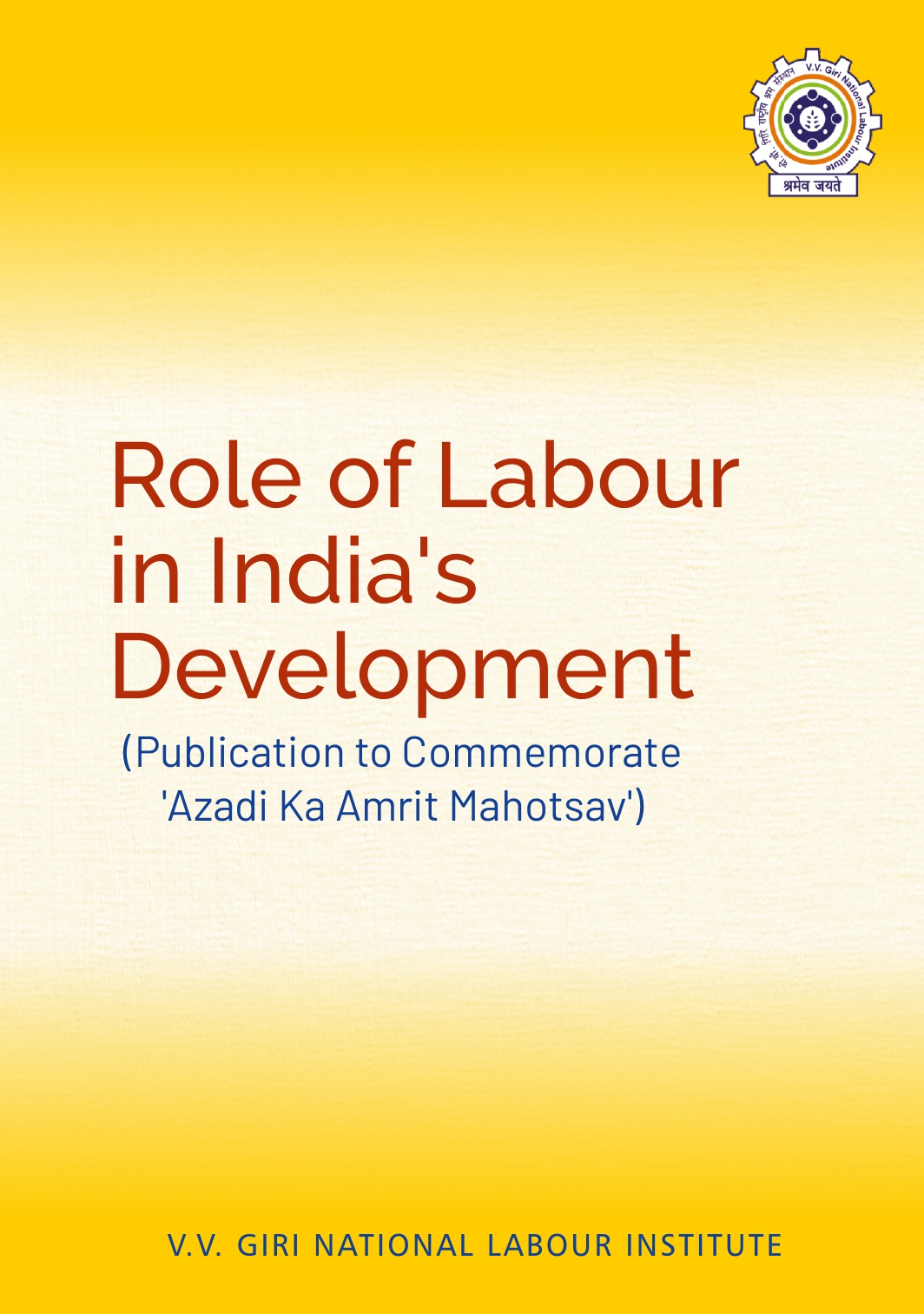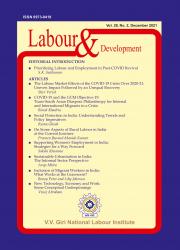Breaking the glass-ceiling for women in manufacturing sector:evidence from Indian garment factories
Speakers:
Swati SharmaIEG
Women’s under-representation at managerial roles in the manufacturing sector has been often explained as a consequence of supply-side constraints or outside labor market discrimination. However, these studies suffer from sample size issues and ignore demand-side perspectives. I overcome both issues by presenting different hypothetical situations to the intermediate managers of garment manufacturing factories to refer workers for promotion. Then, I check for supply-side constraints by comparing `high potential workers’ to a randomly selected sample of `low potential workers’ with an additional focus on the workplace ties and aspirations. I find that women are the preferred type for within workforce promotions and men are preferred for more valuable promotions, even after controlling for inter-personal characteristics. In short-run, women can break this `glass ceiling’ by having a higher number of vertical ties. Management can ask/assign male intermediate managers to specifically mentor more female workers to balance gender representation at managerial levels. These findings are supported by ‘the invisible hypothesis’ and are applicable to the sectors that have been historically dominated by a particular group in positions of influence.







